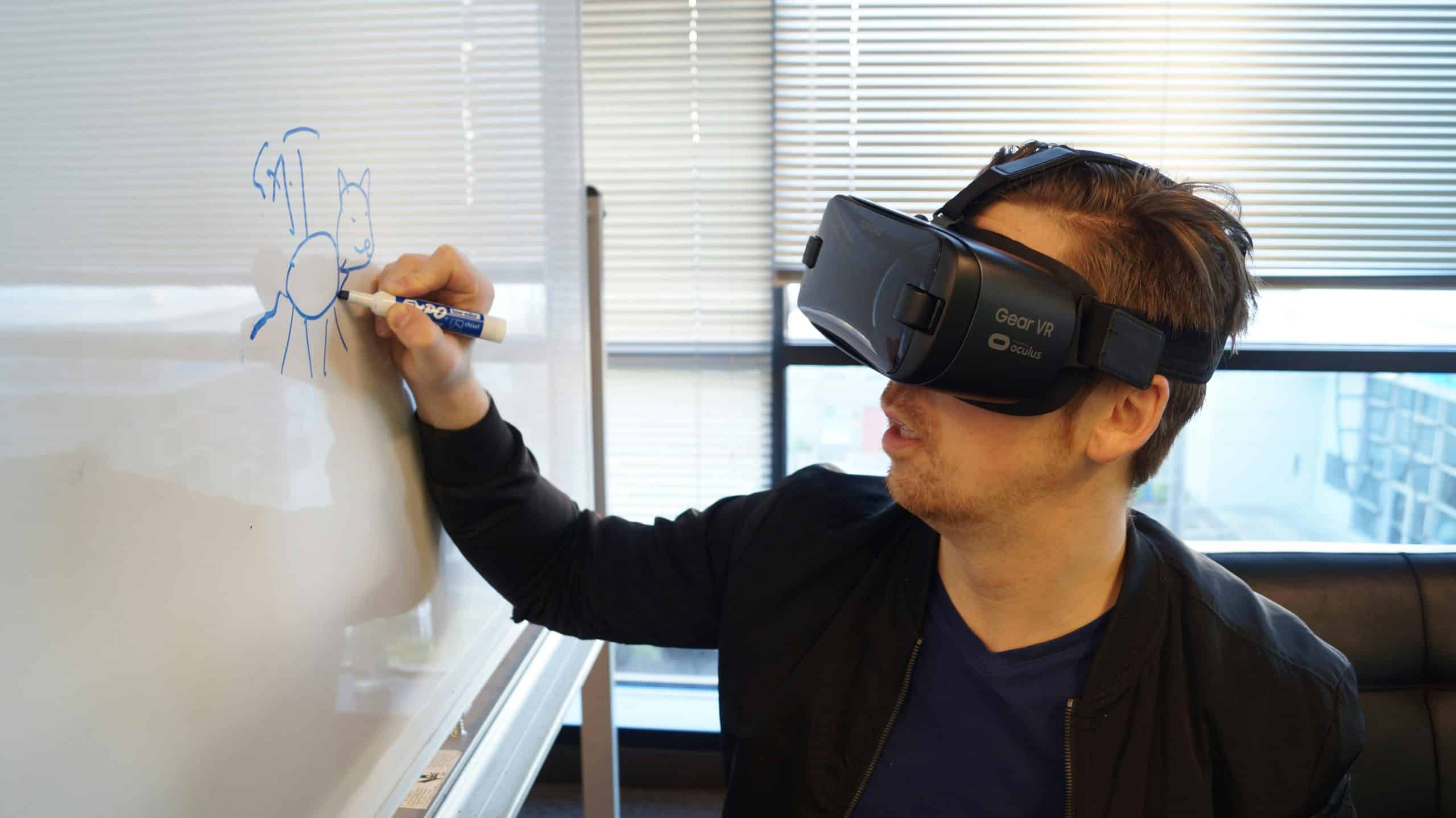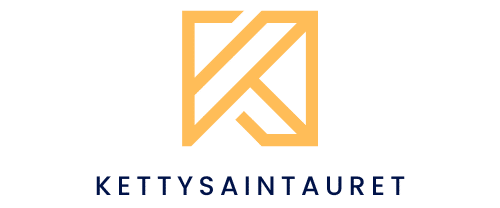How Can Virtual Reality Training Programs Improve Fire Safety in UK Buildings?

As you step into your workplace each day, have you ever thought about the potential safety risks that could exist? The hazards are not always visible, but they are real. In the UK, the construction and building sector grapples with the crucial issue of fire safety. Traditional training methods have been employed to educate employees about fire hazards, but the rapidly advancing technology offers a more effective solution: Virtual reality (VR).
With VR, a computer-generated environment, employees can learn vital safety skills through a more immersive experience. How can this technology improve fire safety in UK buildings, you wonder? Let’s break it down.
A lire aussi : How to Plan and Maintain a Small Space Edible Garden in Urban UK Areas?
VR as a Learning Tool in Fire Safety Training
Training is an essential part of any job, particularly when it comes to safety in the workplace. Virtual reality training programs offer a unique type of experience that takes learning to a whole new level.
With VR, you are not just being told what to do in case of a fire but are placed in a simulated environment where you can practice these skills. This type of immersive learning allows you to gain firsthand experience without the real-world risks. You can feel the heat, see the smoke, and hear the crackling flames, all from the safety of a virtual space. This realistic, controlled environment is invaluable in preparing you for an actual fire incident.
Cela peut vous intéresser : What Are the New Strategies for Public Transport to Accommodate the UK’s Aging Population?
It’s also worth noting that VR training is not a one-size-fits-all solution. The virtual environments can be tailored to suit the specific needs of your building or workplace, making the training more relevant and effective.
Virtual Reality: A Step Forward in Fire Protection
Fire protection in buildings is not just about installing fire alarms or extinguishers. It also involves training employees to respond appropriately in case of fire incidents.
Virtual reality comes into play here, offering a groundbreaking solution. VR technology creates realistic scenarios, allowing employees to practically apply their knowledge and develop their skills. For example, through VR training, employees can learn to identify potential fire hazards, understand how fires spread, and learn how to use fire protection equipment effectively.
Such training can also be used to teach employees about passive fire protection measures. These include understanding the importance of fire doors, the role of fire-resistant materials, and how to effectively evacuate the building. The beauty of VR is that it allows you to rehearse these actions over and over, making the learning process more robust and effective.
VR and Safe Construction Practices
The construction industry is intrinsically linked with building safety. From the design phase to the final construction, each step significantly impacts the building’s safety level.
Virtual reality can be instrumental in training construction workers about safe building practices. For instance, they can learn about the importance of ensuring that fire-resistant materials are used in construction and how to effectively seal potential fire paths.
In a virtual environment, construction workers can also learn how to react in emergencies, such as a fire breaking out on a construction site. Such hands-on training can significantly reduce risks and improve safety standards, not just on construction sites but also in the buildings being constructed.
Virtual Reality Encourages Health and Safety Compliance
When it comes to maintaining safety in the workplace, compliance with health and safety regulations is crucial. However, understanding these regulations and how they apply can often be a challenge.
This is another area where virtual reality trainingexp can be beneficial. It provides a platform for employees to learn about regulations in a more engaging and interactive way.
VR also helps reinforce the importance of these regulations by demonstrating the possible consequences of non-compliance. For instance, in a VR training module, employees could witness the rapid spread of a fire due to blocked emergency exits. This could drive home the importance of always keeping escape routes clear.
From fire safety to construction practices and regulatory compliance, virtual reality can significantly enhance the training given to UK employees. By providing a more immersive and realistic learning environment, VR can better prepare employees to respond to fire emergencies, ultimately resulting in safer UK buildings.
Incorporating Fire Investigation into Virtual Reality Training
In the realm of fire safety, fire investigation is a critical aspect that helps determine the origin and cause of fires. Gaining knowledge about how past fires started and spread is invaluable for preventing future incidents.
Virtual reality goes beyond traditional fire safety training methods by creating an immersive environment where employees can explore fire scenarios from the outset. For instance, in a VR space, an employee can walk through a virtual recreation of a fire scene. They can examine potential sources of ignition, investigate fire paths, and understand how different materials react to heat and flames.
The virtual environment allows employees to learn from real-world fire incidents without the associated dangers. This practical exploration can enhance their understanding of fire hazards and help them identify potential risks in their own workplace.
Paul Speight, a well-known advocate for VR in fire safety, has been instrumental in implementing VR fire investigation modules in training courses. Speight’s work has shown that understanding the origin and cause of fires can significantly enhance the efficacy of fire safety training. This knowledge empowers employees to not only respond to fires appropriately but also play a crucial role in preventing them.
The Role of Virtual Reality in Fire Rescue Training
In a fire emergency, the role of a fire rescue service is crucial. Traditional training programs for fire rescue services usually involve theoretical lessons and physical drills. However, such training can only cover a limited range of potential fire scenarios.
With virtual reality, the scope of fire rescue training can be significantly broadened. A VR module can simulate a variety of fire emergencies, from small-scale outbreaks to full-scale infernos. This allows fire rescue teams to practice their skills in a multitude of scenarios, increasing their preparedness for real emergencies.
In a virtual environment, rescue teams can practice manoeuvring through smoke-filled rooms, rescuing individuals from high-rise buildings, and even combating wildfires. They can also practice using equipment like fire extinguishers and fire hoses in a safe and controlled environment.
Moreover, VR can also aid in passive fire training, enabling rescue teams to understand the role of fire doors, fire-resistant materials, and other passive fire protection measures in slowing down the spread of fire. This can help them make more informed decisions during real emergencies.
Conclusion
In conclusion, the potential of virtual reality in enhancing fire safety in UK buildings is vast. From immersive learning experiences that prepare employees for fire emergencies to training that promotes understanding of fire investigations and rescue operations, VR is revolutionising the way we approach fire safety.
As we move forward, VR’s role in fire safety training is set to grow, driven by its ability to provide realistic, engaging, and varied training experiences. With the backing of pioneers like Paul Speight, virtual reality is poised to play a key role in promoting safer workplaces and more resilient buildings across the UK.
Virtual reality isn’t just a technological advancement; it’s a tool that can save lives and properties by equipping individuals and professionals with the skills and knowledge they need to prevent and combat fire emergencies. In the pursuit of a safer UK, VR stands out as a beacon of innovation and progress.
